The Rolex Regulator, or How “The Crown” Makes its Watches “Superlative Chronometers”
“The Crown” likes to do things its own way… and naturally this applies to the movement and its beating heart, the regulating organ.
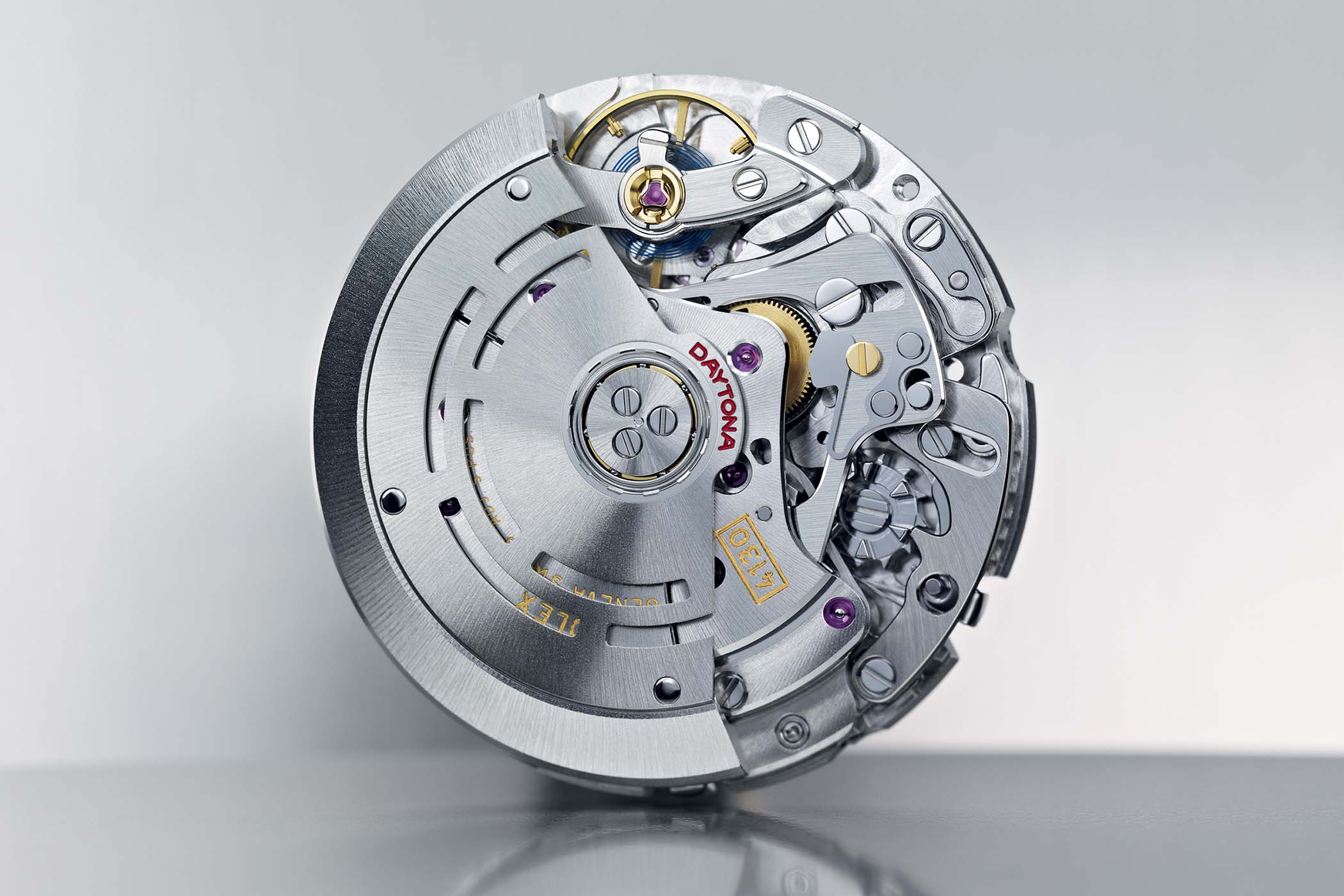
Two facts tell a lot about how Rolex deals with quality and precision. First, Rolex tests the accuracy of its Superlative Chronometers with tolerances that are twice those for the COSC official certification (to which the Rolex movements are systematically submitted anyhow). Second, in 2015, the brand set a new industry benchmark by offering a full 5-year warranty… How does the brand achieve such precision and reliability? The answer lies partially in the regulating organ.
Naturally, these results are not accidental. Rolex has a unique approach to manufacturing its watches and movements. Things are done the “Rolex Way”. The Crown manufactures all the essential components of its watches internally. Most often these incorporate specific technical solutions that are consistently utilized throughout the entire range. When a solution proves effective, it is utilized as a new standard… As a result, a Rolex movement can be recognized at first glance – even though it is hidden under a plain caseback. Just by looking at the regulator you can identify a Rolex movement thanks to its distinctive signature features…
THE ROLEX REGULATOR
The regulating organ is the beating heart of a movement, and as such, it is amongst the most important parts of a watch. Comprising the escapement and the oscillator, it defines the speed at which the watch runs. As such, it is the “guardian of time”. Therefore, it should come as no surprise that Rolex has developed its own solutions in that field. Here are some of the most typical Rolex movement features (or striking ones that will most likely find their way to more Rolex calibres) focusing on its heart, the regulator.
Free-sprung balance wheel with Microstella nuts
There are two main ways of regulating a mechanical movement. The most common way consists of using a regulator mechanism. The active part of the hairspring is lengthened or shortened sliding the regulator index holding the spring – read our technical perspective about the regulating organ of the watch here.
The other solution is to use a free-sprung balance. The length of the hairspring remains the same, hence instead of playing with its length, watchmakers change the inertia of the balance by adjusting screws or weights. This is regarded as a high-grade solution as free-sprung balances are meant to improve precision by eliminating certain errors. Also, they are less affected by shocks that might cause the regulator index to move.
This is the solution used by Rolex. A high-precision machined balance wheel (for improved poise) is fitted with two pairs of ‘Microstella’ nuts. These signature Rolex gold adjustment screws allow for precise regulation. Adjusting these (always in pairs) toward the inside reduces the inertia of the balance for a rate gain and vice-versa.
In-house Parachrom Blue hairspring
The internal parts of a watch can get magnetized. For long, watchmakers have tried to fight magnetism housing the movement in a soft iron cage. This solution is, however, ineffective for high-intensity magnetic fields and adds thickness and weight to the case.
More recently, research has focused on the movement itself, more specifically on the selection of strategic components for the balance wheel and its environment. In this respect, Rolex is one of the very few brands producing hairsprings in-house and is part of the restricted club of manufacturers having access to paramagnetic/anti-magnetic materials.
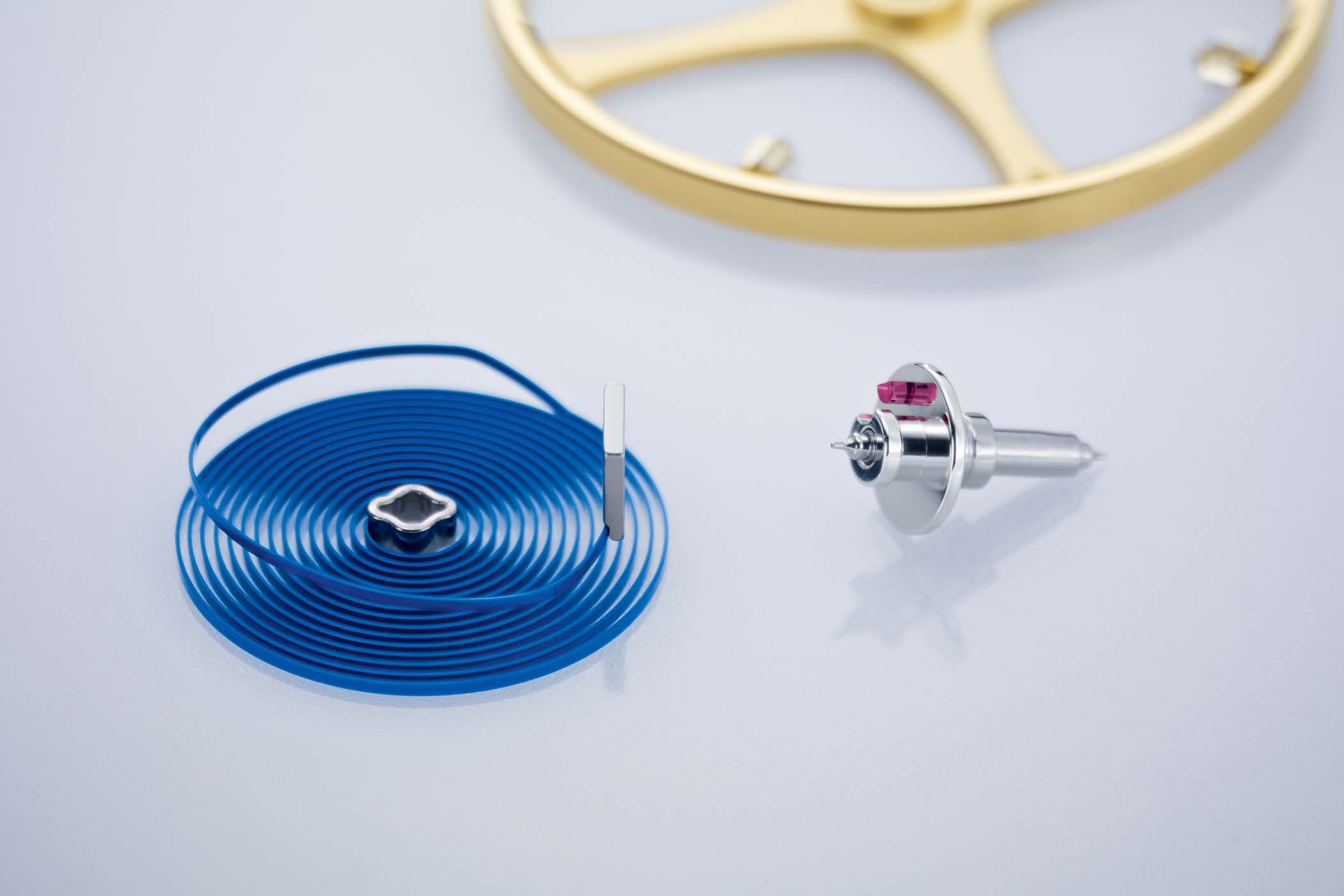
Rolex developed the patented “Parachrom Blue Hairspring” and introduced it in 2000, into the calibre 4130 (inside the Cosmograph Daytona). Its exclusive alloy features anti-magnetic properties and provides great stability when subjected to changes in temperature. In 2005, Rolex upgraded the material with a thicker blue surface structure with Parachrom blue. In 2014, Rolex also introduced silicon hairsprings in its calibre 2236 (for women’s watches). Naturally, the efforts of Rolex to fight magnetism go beyond the hairspring. For instance, the balance staff is also designed for optimized resistance to magnetic fields.
Rolex Overcoil
The shape and attachment of the hairspring determine the way it expands and contracts. A majority of watches use flat spiral springs, but there are other shapes. Breguet had the idea of bending the outer coil of the spring and attached it near the balance staff. This allows the spring to ‘breathe’ symmetrically and evenly, and, improve isochronism. This superior solution is implemented by Rolex, with a Rolex overcoil, an optimized Breguet overcoil (everything has its own name in the Rolex nomenclature).
Transversal balance bridge
Traditionally the balance wheel is secured under a “cock”, held in place at one end. For modern Rolex movements, the balance bridge is transversal, meaning that it is screwed down at both ends. This allows for stable and precise positioning of the oscillator. The bridge’s rigidity greatly improves shock resistance.
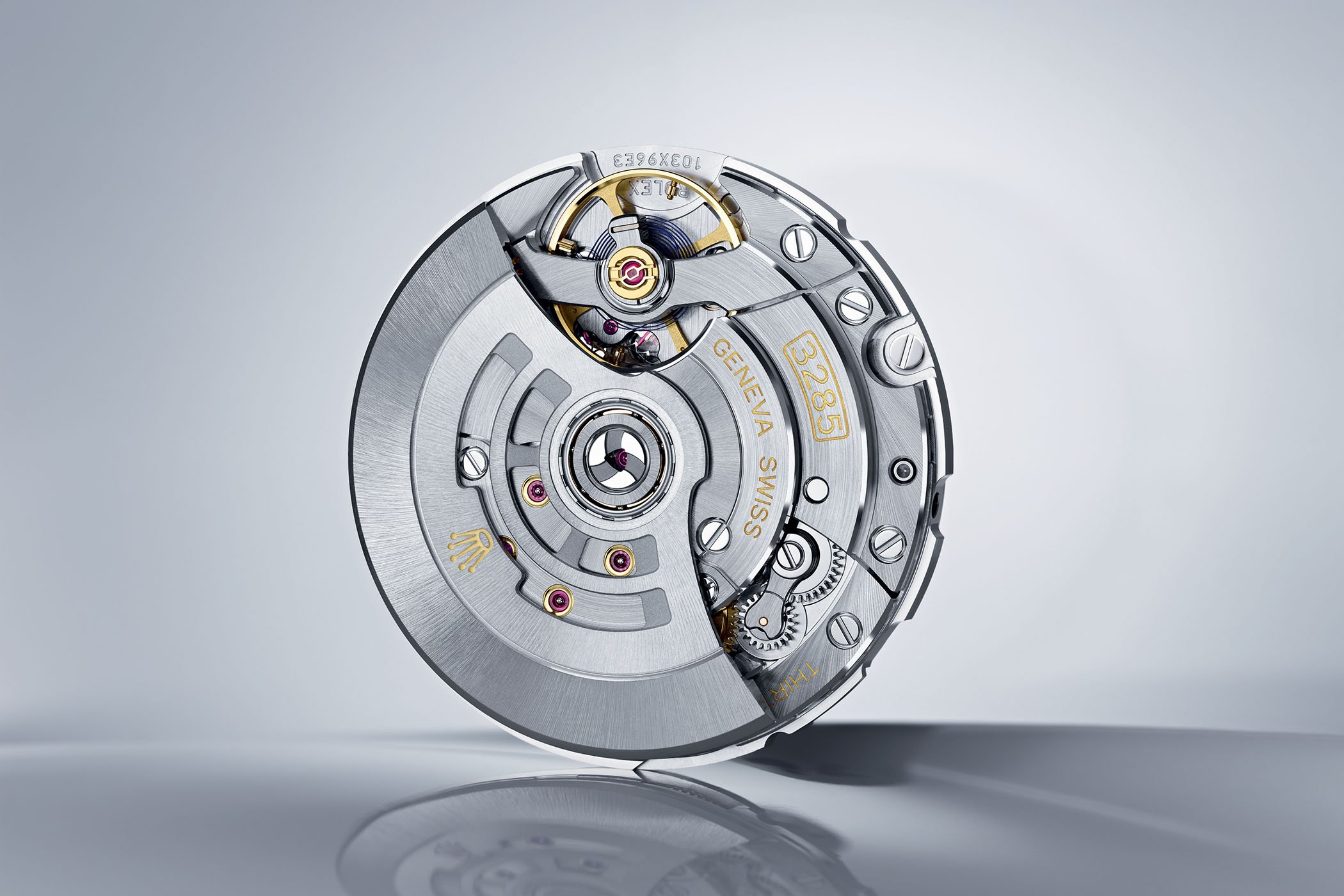
Rolex Paraflex anti-shock
The pivots and jewel bearings of the balance wheel (and sometimes other critical parts) are especially fragile and were often damaged after impact. With anti-shock systems, the jewels are mounted on springs allowing them to shift in their setting, in order to absorb shocks. Two major anti-shock systems are used in the Swiss watch industry – Incabloc and KIF. A few makers use their own system. If Rolex had favoured KIF anti-shock system for years, in 2005, it developed and patented an exclusive shock absorber called Paraflex, recognizable thanks to its unique geometry. The brand states that it “increases the shock absorber’s efficiency by up to 50 per cent while preserving the chronometric properties of the balance wheel”.
The 4Hz frequency as a standard
Theoretically, the more you increase the frequency of a movement, the more precise it will be (what matters first is a stable rate). However, increasing the frequency of a movement comes with some drawbacks – for instance, more friction or less power reserve. The movements found in every single modern Rolex run at a 4Hz frequency – or 28,800 vibrations per hour – which is seen by Rolex as the best compromise between high precision regulating and reliability. This explains why in the 1990s, when the Daytona was powered by a modified El Primero, Rolex tuned it down from 5Hz to 4Hz.
Chronergy escapement
First introduced in the calibre 3255 (2015, for the Day-Date 40), the Chronergy escapement is Rolex’s optimized version of the Swiss lever escapement. The goal of Rolex engineers was to enhance the efficiency of the escapement while preserving its reliability. The length ratios between the escape wheel teeth and the pallet stones have been reversed. While the pallet stones are now only half as thick as before, the contact surfaces of the escape wheel teeth have been doubled. Moreover, the escapement elements are no longer aligned but are slightly off-set, in order to increase the lever effect. The escape wheel and anchor are manufactured ultra-precisely using LIGA technology, their openwork design reducing inertia. These nickel-phosphorous parts are also insensitive to magnetic interference. Rolex states that the efficiency of its escapement has been increased by 15 per cent.
Lubrication – Epilamage-coating
Master watchmaker Abraham-Louis Breguet reputedly said: “Give me the perfect oil and I will give you the perfect watch!” As Rolex doesn’t often communicate on its technical developments, there is an interesting bit of information on its website that states: “Rolex has developed exclusive new lubricants, synthesized in‑house, whose useful life and stability over time have been considerably improved.” We won’t know more than this, as the brand has remained silent on this development, but the work on lubrication and Epilamage-coating is indeed of prime importance at Rolex.

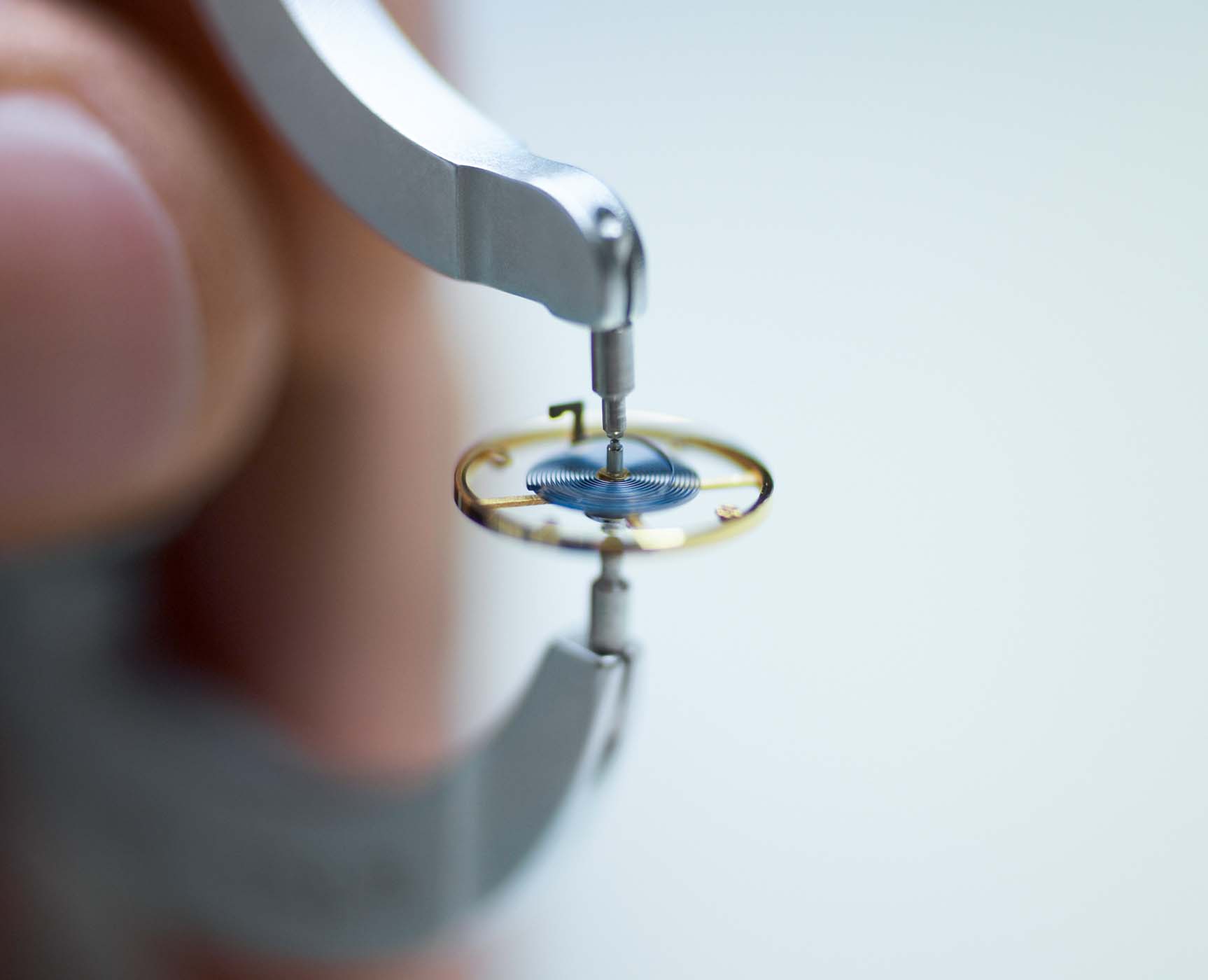
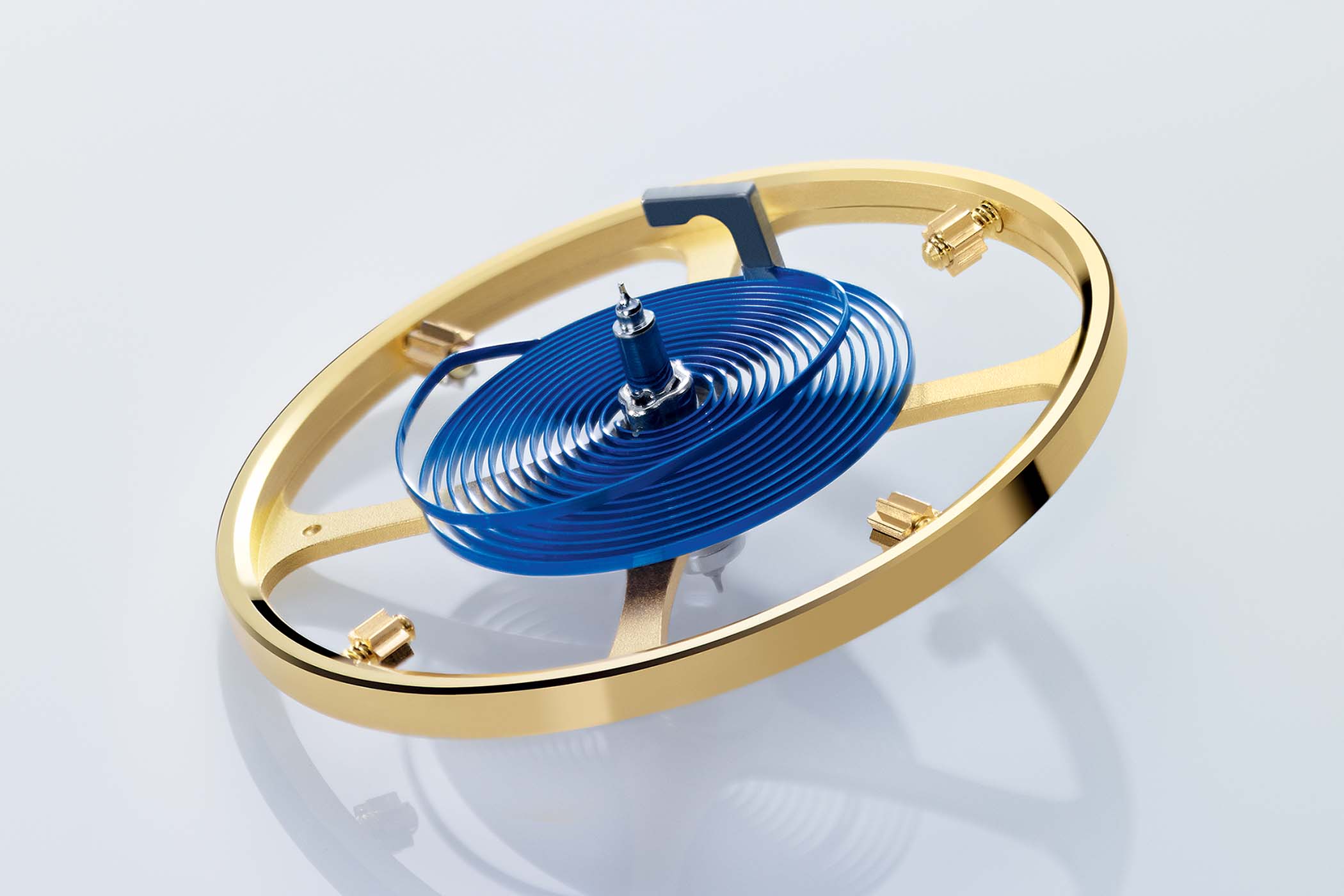
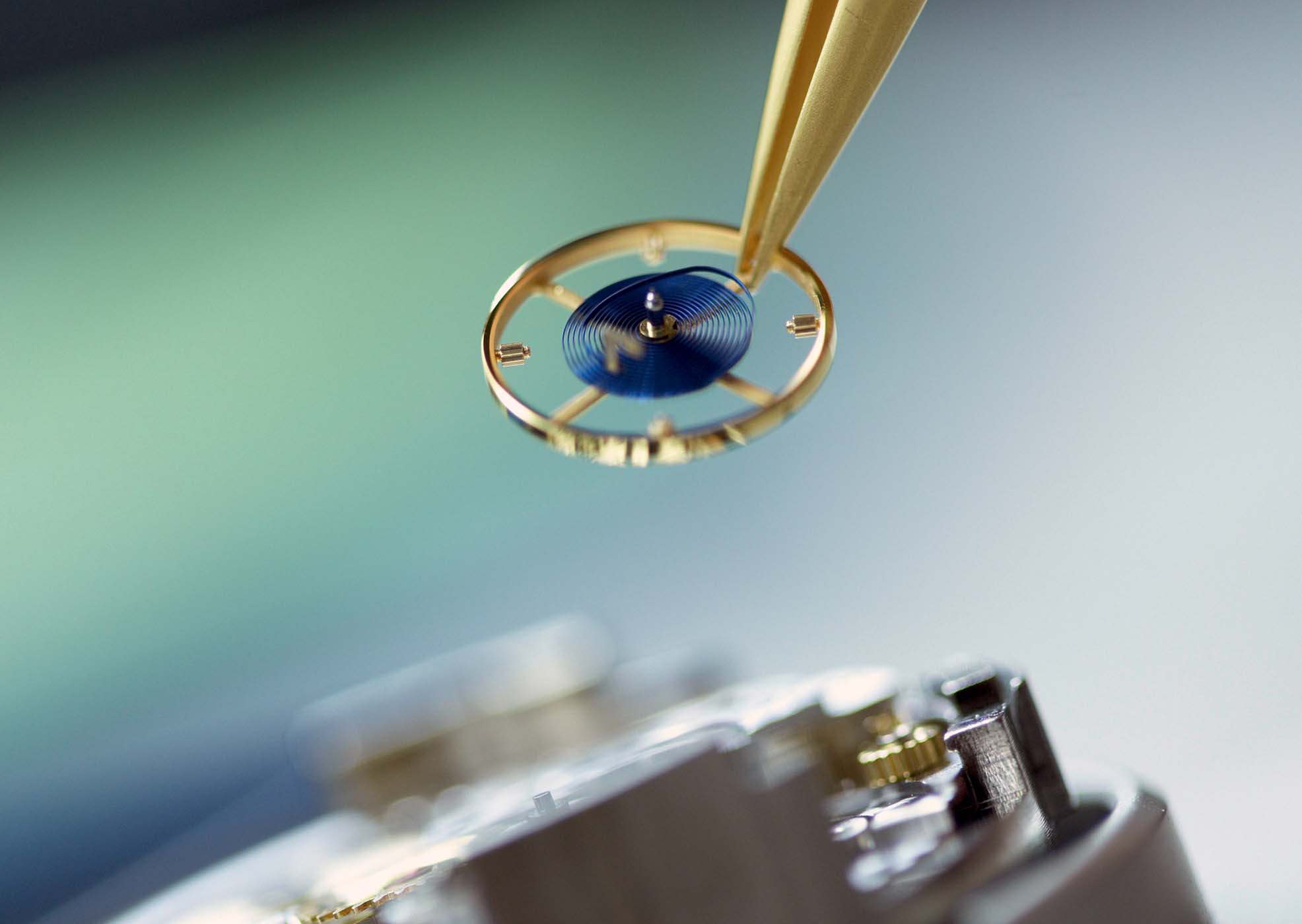
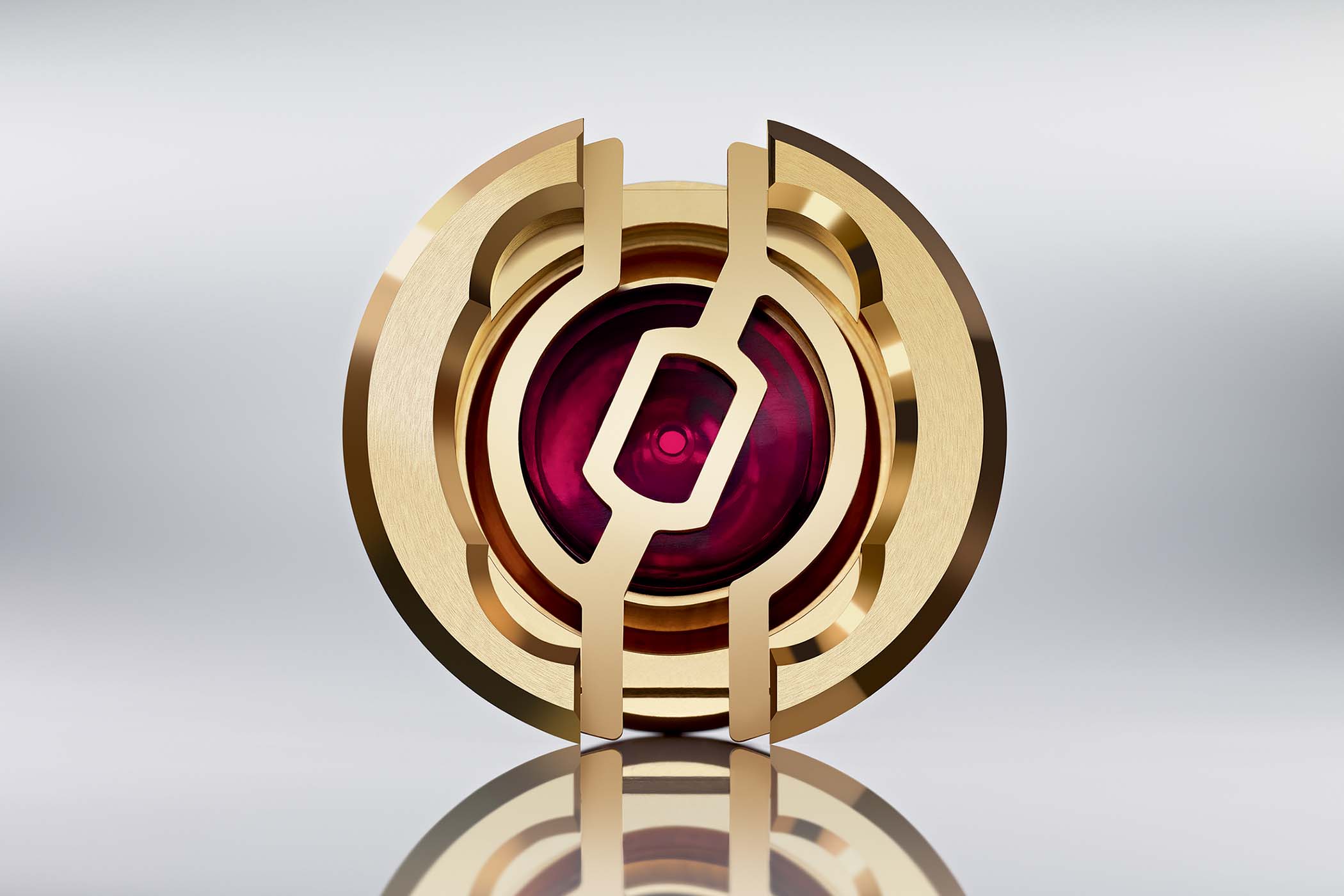
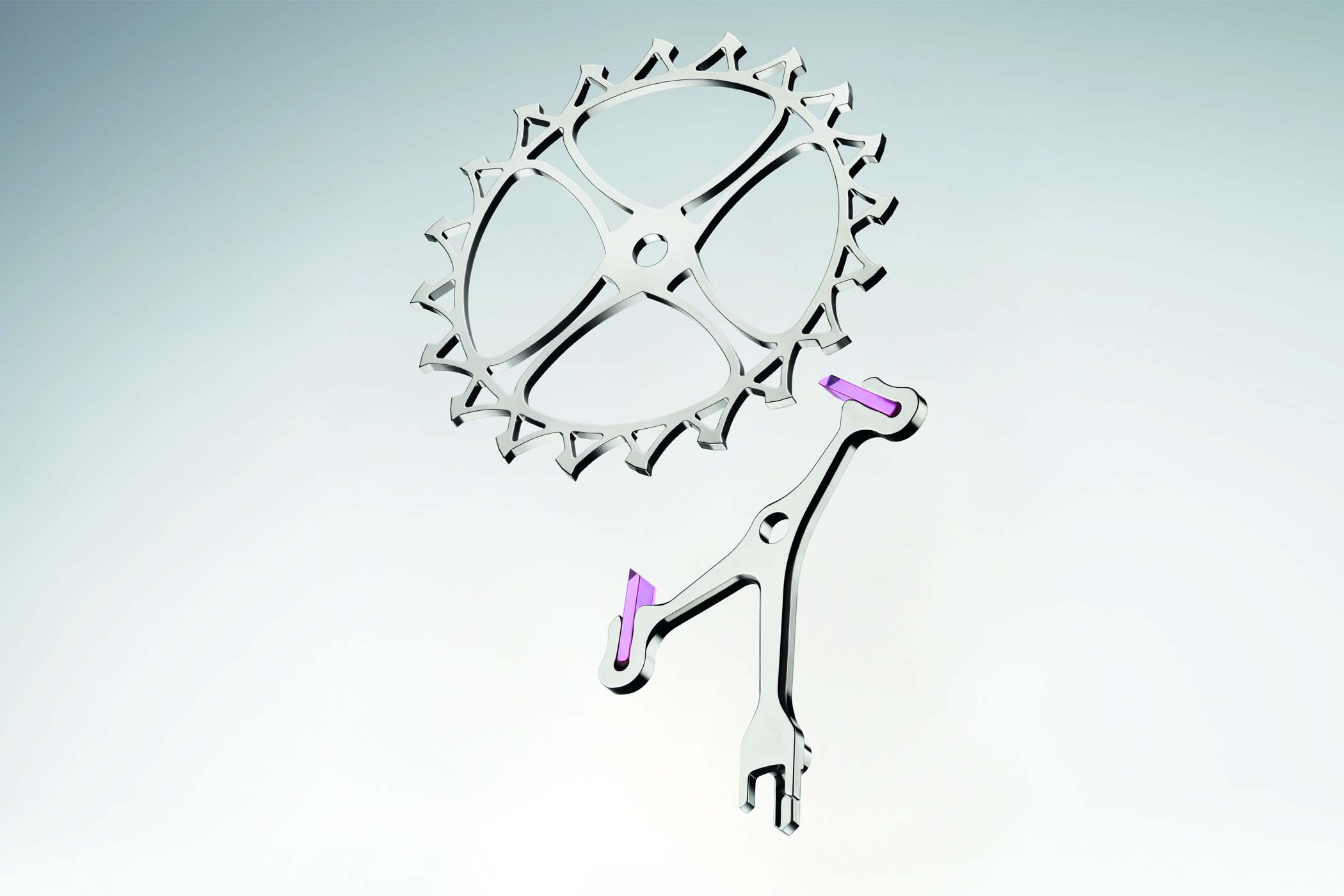



13 responses
Where does this leave the Milgauss?
The modern Milgauss is powered by the caliber 3131, a caliber introduced in 2007 (also found in the Airking). It features a free-sprung balance running at 28.800 vph, parachrom hairspring, etc.
Very interesting overview. Thank you.
Great article. Nice to know Rolex is constantly improving on their movements, making them more accurate and reliable.
Fascinating to see what goes on inside. They just need to make the outside more attractive. In my opinion my old Explorer 1016 is the best watch they have made (aesthetically at least)
I didn’t notice the “sponsored content” notice on this article. Very disappointing.
@justanotherguyontheweb we have no advertising, sponsoring etc. relationships with Rolex – and there has been zero contact with Rolex about this article. But feel free to comment any misleading or untruthful point.
To me, this leaves impression that rolex is kind of unique in using anti-magnetic materials in the movement parts. I may be wrong but even smaller brands line Sinn have advanced technologies (diapal) prior Rolex had.
However, nice article covering in some level of details good technologies developed by Rolex, thanks for that.
Using the term ‘Rolex overcoil’ instead of ‘Breguet overcoil’ is a bit audaciously grandiose/sh*tty. No matter if it’s an ‘optimised’ overcoil, all the other manufacturers who I’ve seen use it have never had the gall to rename it after themselves (at least, I can’t remember any).
I never knew Rolex did that. Quite off-putting.
This article is the worst kind of puff-piece. It’s taken the images, themes, inspiration and wording from a Rolex web page – https://www.rolex.com/about-rolex-watches/movements.html – and passed it off as journalism. The tone is sycophantic in the extreme and is designed, I imagine, as a kind of dog whistle that reaches out to PR teams everywhere and says “I’m yours”.
I agree. Rolex does make good watches, but this “article” explicitly states that “The Rolex Way” is superior to all other manufacturers.
It is emphatically not!
Monochrome has a small but dedicated group of posters and most of them know a thing or two about watches (myself excluded of course). This was never going to fly.
I disagree, the article is about the innovations done by Rolex in horology. obviously it will paint them in a positive light. you could do the same style article on anything. it wasn’t supposed to be a balanced view of Rolex in horology, its supposed to outline what the company claims sets them apart.
although a lot of the “special” content here is definitely not exclusive to Rolex
Christopher Langdon, the first responder asked about the Milgauss. I don’t believe you answered his question adeqately. The article talks explicitly about the technologies and innovations that Rolex has introduced into its calibres to reduce the affects of magnetism across the entire range. With these features built-in to every watch that Rolex sells, how does the Milgauss improve on what is already an extremely anti-magnetic watch? This i believe is the question that is being asked.